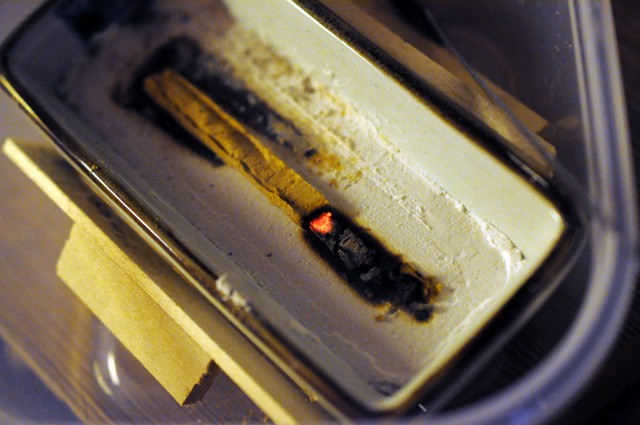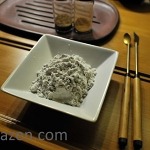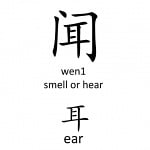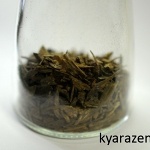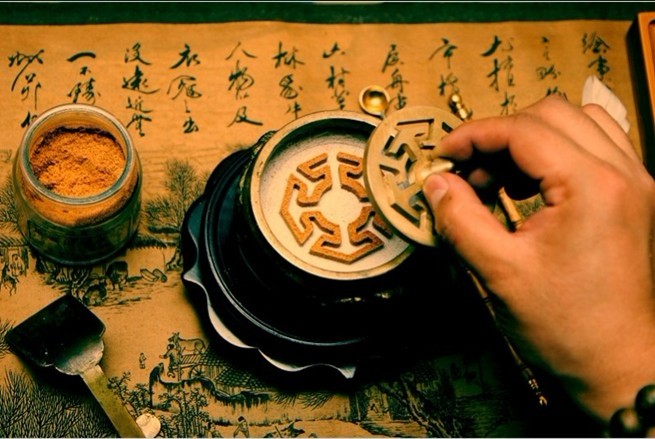
Ever tried to burn a scoop or a mound of incense powder (sandalwood, agarwood etc) in a saucer or an incense burner and not have it combust to completion, often smouldering, smelling charred and too smokey?
That happens because of the lack of proper access to air for complete combustion of incense powders if it is too compact in a big pile.
Since the Song/Tang dynasty, as recorded in the Song dynasty Incense Manual 宋代香谱,incense printing or 香篆 (印香)had been employed to facilitate proper and elegant burning of incense powders and blends. The rationale behind having narrow trails of incense powder, that is not too thick, typically 5 millimetres in width and height/cross section, is to allow for even temperature distribution and complete combustion of the incense powders to give off a cleaner smell than a smouldering pile. Another advantage of burning this way is the absence of the need for makko or binder powder, which can impart a spicy or acrid note if the binder is not well aged or of poor quality.
It is possible to pick up a set of incense tools for making incense trails from ebay or alibaba express or similar websites for tens of dollars, or you can make your own out of scrap wood, which works just as well.
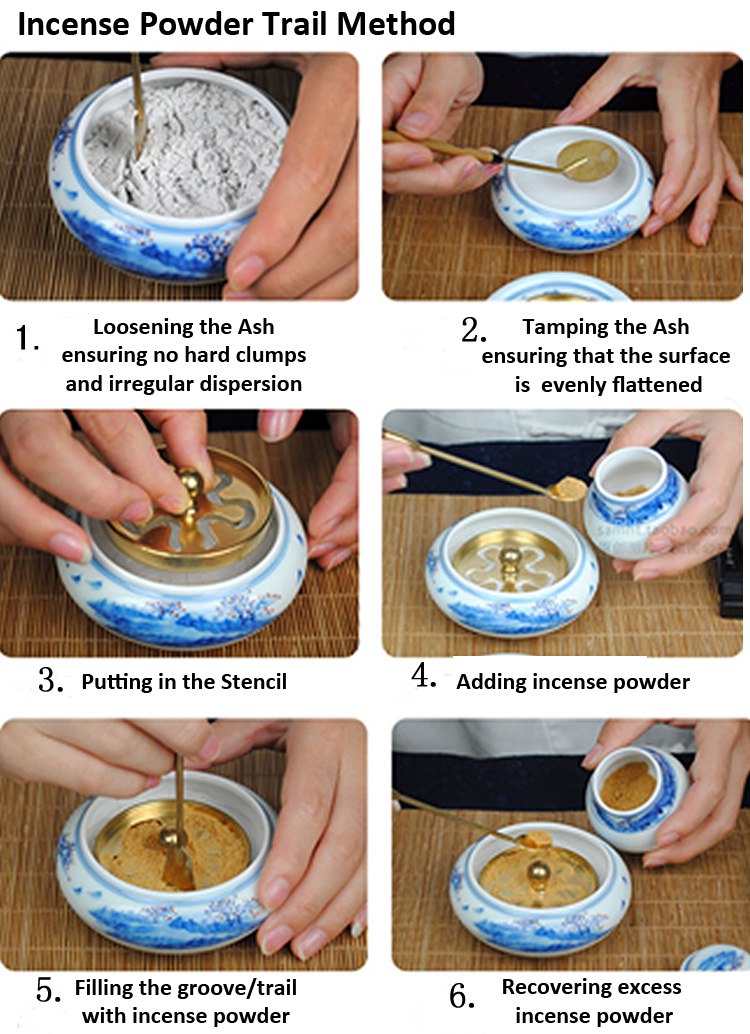
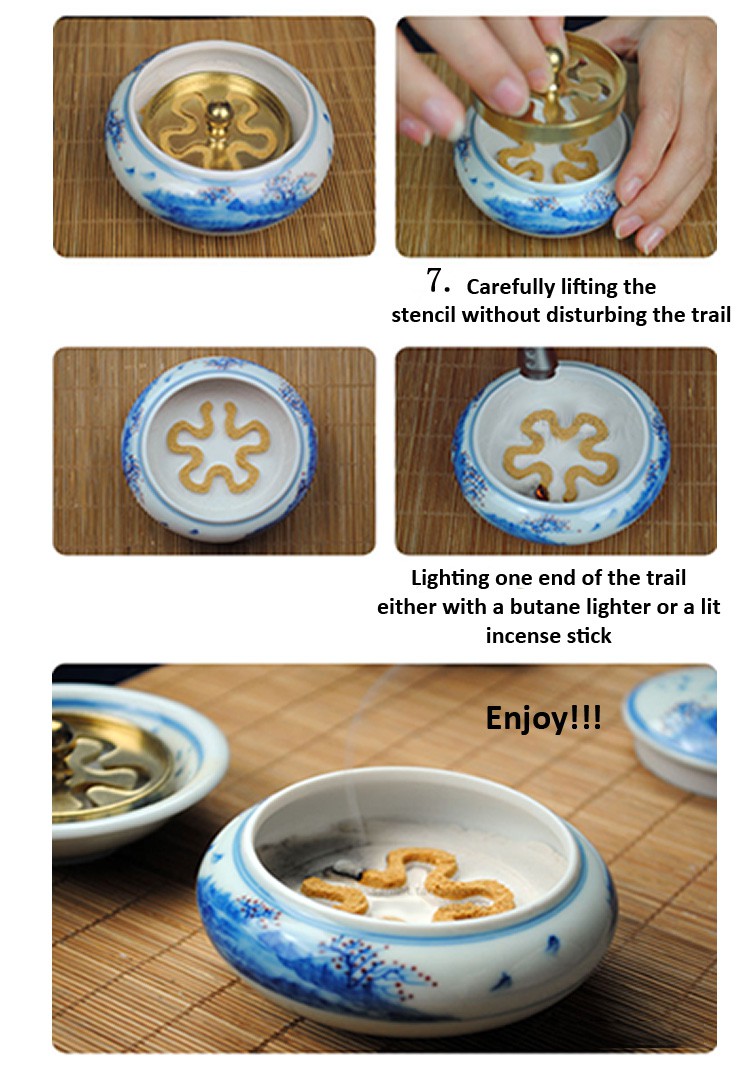
For prototyping my own incense powder blends, I employ a home made stencil for creating linear trails that have about 15 minutes of burn time, long enough for me to decide if I’m satisfied or dissatisfied with the blend.
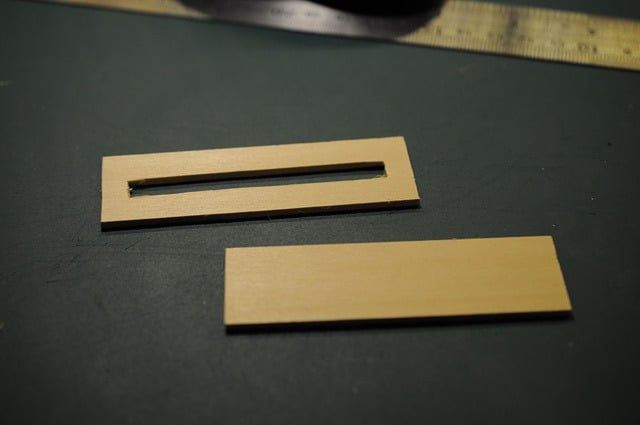
Basically, one just needs to use a fine art knife or a chisel to make a rectangular groove into a piece of scrap wood as a stencil, and a flat piece that can be used for tamping ash if one glues a handle to it.
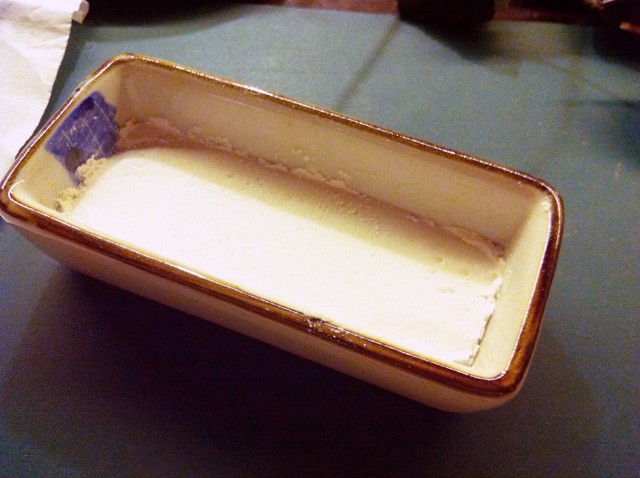
A thin layer of white ash can be tamped before the incense powder is set on top of it for burning
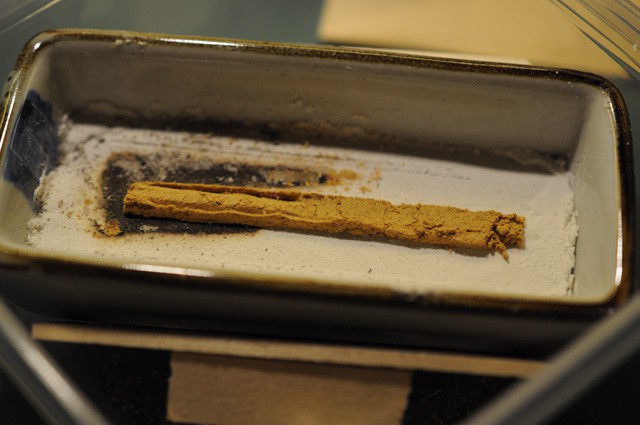
Once the trail is ready and the stencil carefully lifted off, the lit end of an incense stick can be used to ignite the trail.
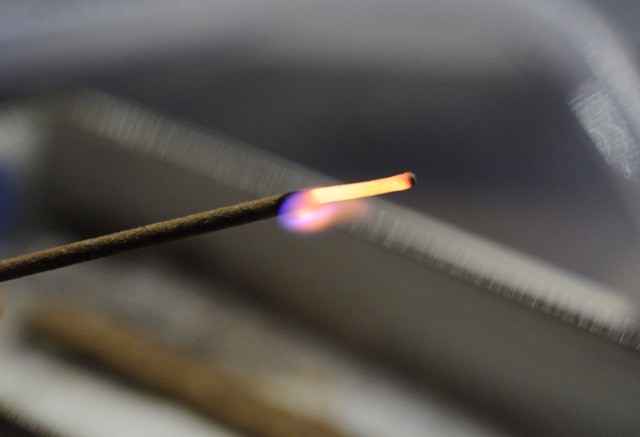
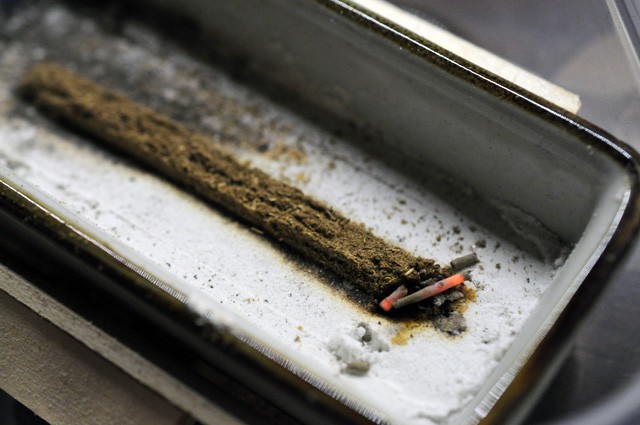
And the trail easily burns to completion, releasing elegant wisps of fragrances.
